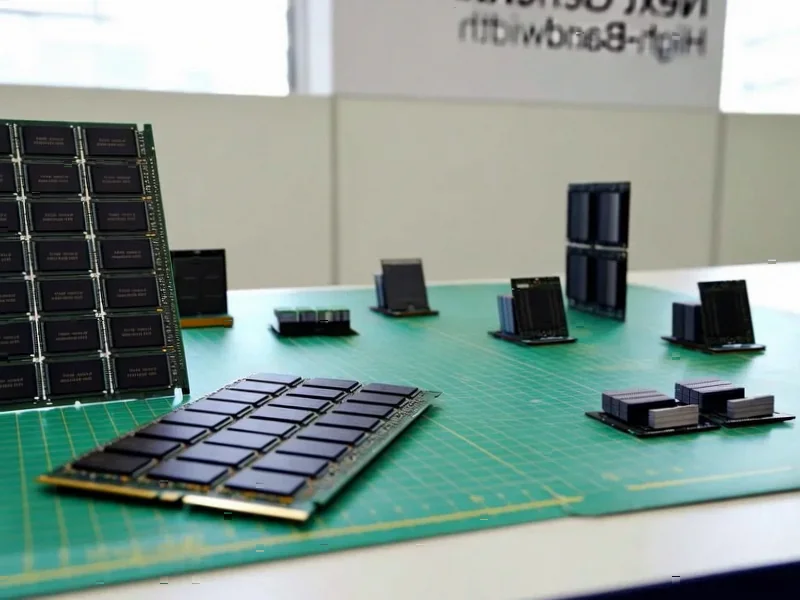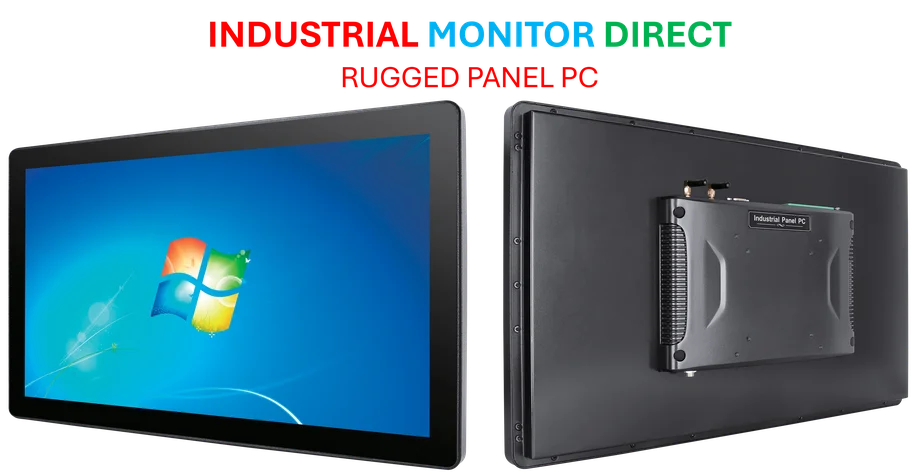According to Thurrott.com, AMD announced $9.2 billion in revenue for the quarter ending September 27, 2025, representing a 36% year-over-year increase. The chipmaker’s net income jumped even more dramatically, hitting $1.2 billion for a 61% gain compared to the same period last year. CEO Dr. Lisa Su credited the performance to “broad based demand for our high-performance EPYC and Ryzen processors and Instinct AI accelerators.” Data Center was the standout with $4 billion in revenue, though that 22% growth disappointed investors who sent the stock down 3% in after-hours trading. Client and Gaming combined for another $4 billion, with Gaming surging 181% year-over-year to $1.3 billion. Embedded business brought in $857 million, down 8% from last year.
The data center disconnect
Here’s the thing that’s really interesting about these numbers. AMD’s Data Center business hit $4 billion, which sounds massive until you realize investors were expecting even more. The stock dropped because Wall Street has been betting heavily on AMD’s ability to compete with Nvidia in the AI accelerator space. Dr. Su made that strategic pivot clear back in late 2024 when she said AMD would focus on taking on Nvidia in datacenters. And it’s worked – Data Center has been their biggest business for three of the last four quarters.
But the market wants to see explosive growth in AI, not just solid performance. AMD cited strong demand for their 5th Gen EPYC processors and Instinct MI350 Series GPUs, which are their answer to Nvidia’s data center dominance. The problem? Nvidia’s still so far ahead in AI that any competitor has to deliver absolutely staggering growth numbers to impress investors. A 22% year-over-year increase in Data Center revenue is objectively good, but in the AI gold rush, “good” isn’t enough – it has to be spectacular.
Where the real growth happened
While everyone’s focused on AI, AMD’s traditional businesses are absolutely crushing it. Client revenue hit $2.8 billion with 46% year-over-year growth thanks to record Ryzen processor sales. Gaming jumped an incredible 181% to $1.3 billion. That’s the kind of growth investors wish they saw in Data Center.
So what’s driving this? Basically, AMD’s bet on high-performance computing across all segments is paying off. Their Ryzen processors for PCs are clearly resonating with consumers, and the gaming division – which includes both console chips and graphics cards – is seeing massive demand. It’s a reminder that while AI gets all the headlines, there’s still huge money in serving the broader computing market. The official earnings release shows this isn’t a one-trick pony situation.
The road ahead
Dr. Su called this quarter “a clear step up in our growth trajectory,” and she’s not wrong. The company guided strongly for Q4, suggesting they see this momentum continuing. But the real question is whether AMD can close the gap with Nvidia in AI accelerators.
Their Instinct MI350 series is competitive, but Nvidia’s ecosystem – including their CUDA software platform – gives them a massive moat. AMD’s challenge isn’t just making great hardware anymore. It’s about building the software and developer ecosystem to match. They’re making progress, but in the hyperscale data center world where customers are building billion-dollar AI clusters, “good enough” doesn’t cut it when Nvidia’s offering is proven at scale.
Still, let’s not lose perspective. $9.2 billion in quarterly revenue with 36% growth is phenomenal by any measure. AMD’s executing well across multiple fronts, even if investors want that AI home run right now. The company’s positioned to ride multiple waves – traditional computing, gaming, and yes, AI – which might actually be smarter than putting all their chips on one bet.




